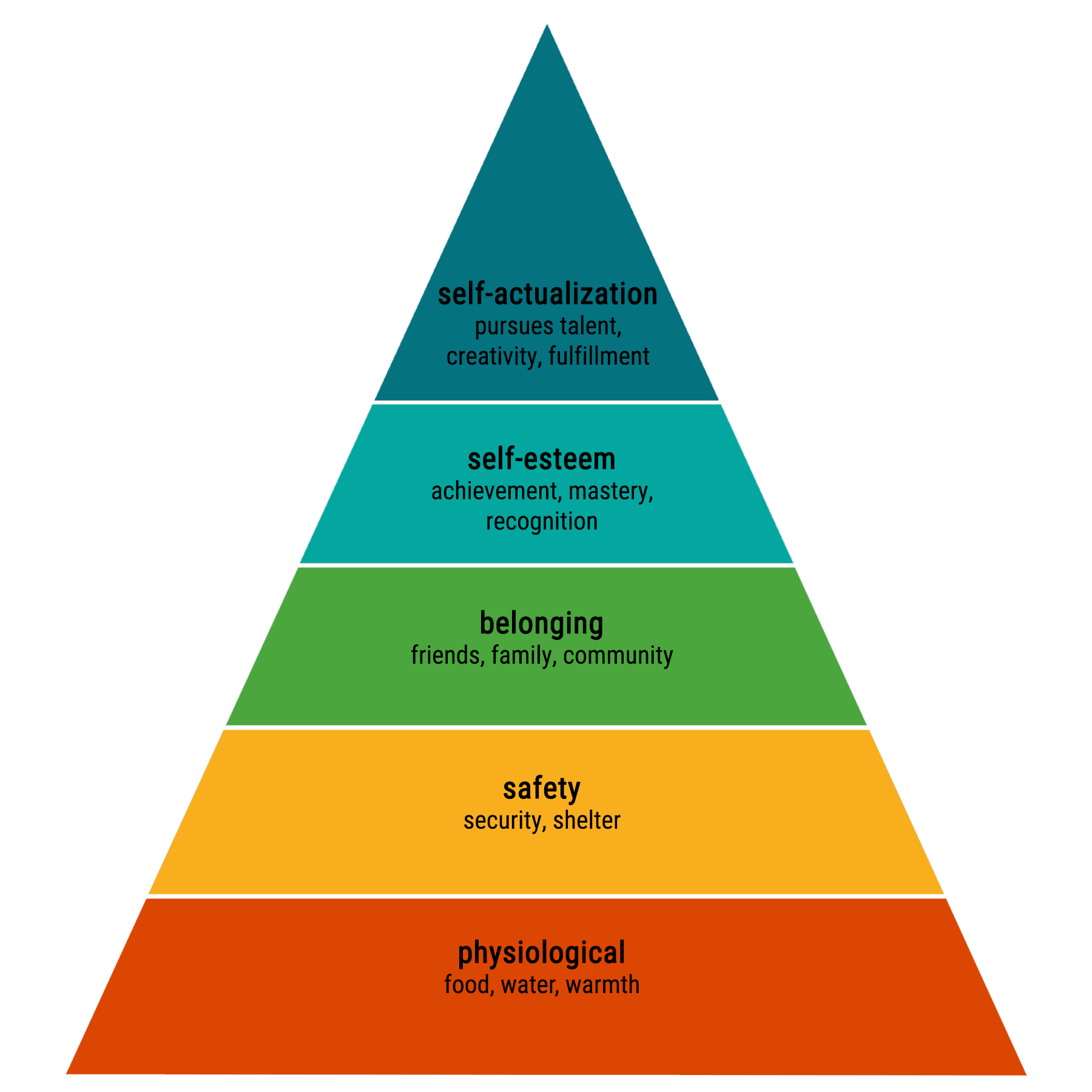A Social & Emotional Care Package for Teachers
Teachers’ social and emotional well-being must be a priority of any plan to reopen our schools.
Teachers’ social and emotional well-being must be a priority of any plan to reopen our schools.
When teaching and learning moved entirely online in response to the Covid-19 pandemic, parents and guardians became “home schoolers.”
They soon realized that this responsibility was not easy and took to social media to voice concern about the quality of the assistance that they were giving their children. They acknowledged that they did not realize just how much teachers do, how knowledgeable they are, and how hard they work to help children learn. Such recognition and acknowledgement bode well for the teaching profession.
It also makes a case for why teachers’ social and emotional well-being must be a priority of any plan to reopen our schools.
Teachers are experiencing fear and anxiety about returning to work, and some are still grieving for loved ones who have passed on. When it comes to reopening schools, they are the parents on the plane whose oxygen masks must first be put on before they can help children don their own masks.
How can we promote teachers’ well-being in the coming year so that they in turn can best support and educate our children? The famous “Hierarchy of Needs” developed by psychologist Abraham Maslow provides some clues.
 Safety
SafetyFeeling safe is necessary for social and emotional well-being – and a fundamental need identified by Maslow.
For teachers reentering the classroom, policies and procedures about screening, social distancing, and sanitization are important to promote a sense of safety in the workplace.
However, it’s equally important for teachers to feel safe when it comes to their job security.
Whenever there is economic upheaval, laying off employees is the first course of action taken to rein in operational costs. In K-12 schools across the U.S., either layoffs have already occurred or are imminent, as states declare that if no help is forthcoming from the federal government, school budgets will be cut.
Needless to say, the possibility of being laid off, in essence the loss of an economic safety net, only compounds the stress and anxiety that teachers have already experienced due to the drastic move to online teaching. There needs be transparency around this issue and every effort needs to be made to keep teachers, since layoffs would increase class size per each teacher. This would in turn make it more challenging to keep social distance and to ensure effective teaching and learning.
Teachers’ social and emotional well-being requires that they have a voice. Expressing feelings and thoughts meets our psychological need to belong and to feel accomplished.
A great way to ensure that teachers have an opportunity to talk about feelings and concerns and celebrate accomplishments is to use the circle format. This involves sitting in a circle, using a talking piece and a centerpiece, and using opening and closing ceremonies. The circle process offers teachers the opportunity to share values in a context that is respectful of different perspectives.
Having a voice also means that teachers participate in making decisions about how schools should operate when they open. Since they have first-hand experience with students, instruction, and training, teachers need to play an active role in any effort to reshape or reimagine education.
Learning and engagement are also essential in ensuring teachers’ social and emotional well-being, and are part of the “self-actualization” at the top of Maslow’s hierarchy.
When it comes to teachers’ learning and training, best practice dictates that schools or districts conduct a needs assessment of teachers and create training sessions that address those needs. Understandably, in the wake of the coronavirus pandemic, this essential step was disregarded so that teachers and students could transition quickly from face-to-face to online instruction.
Going forward, plans for reopening school need to include training so teachers can work effectively in whatever structure is established. Teachers need to be consulted about their training needs. The training should be scheduled so that teachers are not overwhelmed. And the training should motivate and engage teachers so that knowledge and skills are easily transferred into practice. Pre-planning in this manner lowers stress and anxiety about returning to work.
Using safety, belonging, voice, and learning and engagement as a social and emotional care package for teachers is the best way to guarantee that they are able to meet students’ academic, social, and emotional needs.
Dr. M. Adolphine is an Adjunct Professor at the American College of Education and a Staff Developer at Morningside Center for Social Responsibility.